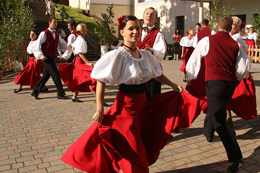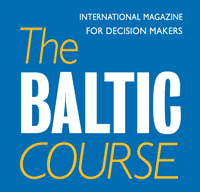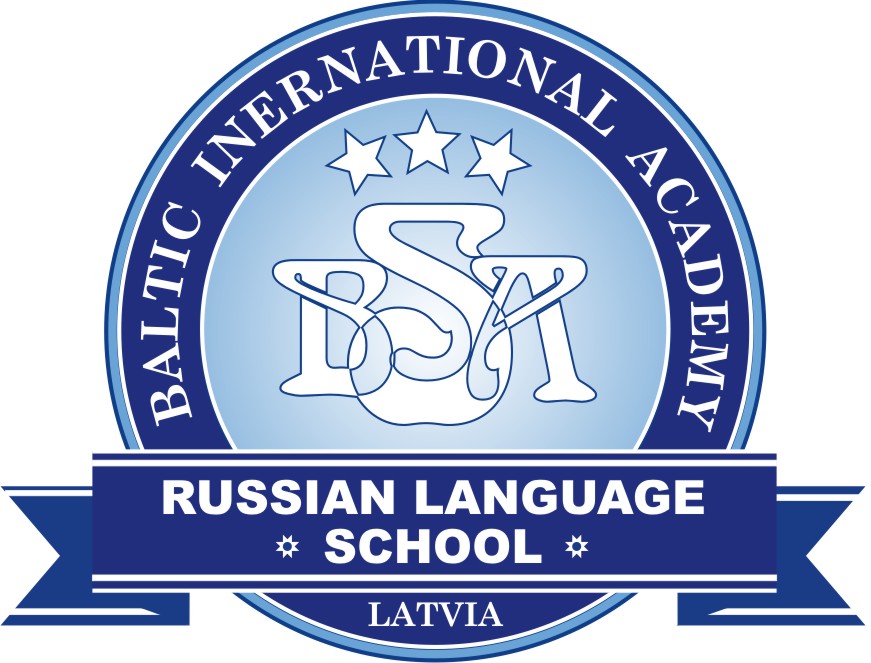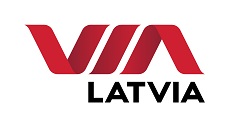Analytics, Budget, Culture, Financial Services, Latvia, Legislation, Markets and Companies
International Internet Magazine. Baltic States news & analytics
Tuesday, 04.11.2025, 03:55
Culture and development in Latvia in 2010
 Print version
Print versionBudget of the Ministry of Culture
The tendency towards an increase in the budget was still evident up to the year 2008. In 2009, there was a dramatic drop in public financing for culture. It followed by even deeper crisis in 2010 when the budget of the Ministry of Culture was reduced by 43% as compared to 2008. The majority of cultural operators are concerned about the critical reduction of the budget for the State Culture Capital Foundation – the grant-giving body to secure the diversity of cultural activities all over Latvia. In 2010, its budget was reduced to 2.1 million LVL (3 million EUR) that was by 72% less than in 2008.
In 2011, the budget of the Ministry of Culture was increased due to the additional funding for the construction of the National Library that is going to be launched at the end of 2012. In 2011, the costs of Latvian National Library construction reached 32.6% of the total budget of the Ministry of Culture. Without taking into consideration these costs, the budget in 2011 remained on the same level as in 2010. The budget of several public performing art institutions in 2011 was even slightly increased.
Creative Industries
 |
|---|
The economic crisis has slowed down the developments in cultural industries.
At the end of 2009, the Parliament endorsed a national macroeconomic stabilisation plan proposing an increase of VAT from 18% to 21%; in 2011 VAT was increased to 22%. Reduced VAT rate has been increased from 5% to 10% in 2009 and from 10% to 12% in 2011. Initially book, press, cinema tickets and tourism industry could benefit from the reduced VAT rate. In 2011, reduced VAT applies only to press, certain categories of books and accommodation services at tourist lodgings.
The decision to increase VAT for books in 2009 was followed by a dramatic fall in book sales. Several publishing houses went bankrupt. In 2009, the number of new books published decreased by 22% as compared to the figure of 2008, and the number of copies printed decreased by 33%. The average price of books has decreased from LVL 7 (EUR 10) in 2008 to LVL 5 (EUR 7.1) in 2009 (source: Latvian Booksellers Guild, 2009). The number of published original literature decreased from 1963 titles in 2008 to 1418 titles in 2009.
In 2009, the number of tourists staying in hotels decreased by 28% as compared to 2008 (source: the Central Statistical Bureau). The situation slightly improved in 2010.
Initially the reduced VAT of 5% was applied to cinema tickets however, since 2009 the full rate has been applied. According to the data of European Audiovisual Observatory, cinema attendance and the gross box office income of cinemas have significantly decreased in Latvia in 2009 as compared to 2008, while in majority of other European countries these rates are increasing. The gross box office income has decreased by 15.7%, while admissions – by 17.4%.
See report “Creative Industries in Estonia, Latvia and Lithuania” (in English) about the latest developments in the field.
Salary levels of public administration and public cultural institutions
When comparing data for the years 2006 and 2007, the average increase of salaries in the theatre field was 22%, the National Opera of Latvia – 45%, archives – 60%, and libraries and the cultural education field – 15%. In 2009, due to the economic crisis, salaries were decreased. The average monthly salary for public administration employees was LVL 504 (EUR 720), while in public cultural institutions it was LVL 326 (EUR 466). It means that in 2009 salaries in public administration decreased by 11%, while in public cultural sector – by 35% as compared to 2008. There is no data available on salaries of employees in private cultural enterprises.
Publication Development of Regions in Latvia 2009 released
The latest information on the socio-economic developments can be found in the study Development of Regions in Latvia 2009, available as pdf file in English. The urban network of Latvia consists of 76 towns and cities with almost 70% of the total population of Latvia. In total 48.7% of the population resides in Riga and its neighbourhood (Pieriga region). Authors of another study on the urban and rural interaction have found a correlation between the size of the city and its neighbourhood: the larger the city in terms of its population and economic potential, the larger surrounding area it influences and its impact on the surrounding rural territory and other towns which are smaller in terms of their population and economic variety is more diverse (the study “Assessment of the Mutual Interaction of the Urban and Rural Territories of Latvia” , available in Latvian, 2009).
New planning document
A debate on the Sustainable Development Strategy for Latvia (http://www.latvija2030.lv) was initiated by a working group headed by Assoc. Prof. Roberts Ķīlis under the auspices of the Ministry of Regional Development and Local Government. To elaborate a document on the Development Strategy for Latvia up to 2030, a broad debate involving inhabitants took place both on the national and regional levels. The Ministry of Culture and cultural NGOs proposed to include in the document a chapter on culture.
The final document has been adopted by the Parliament, and it is going to be the main long-term policy document. Sustainable Development Strategy of Latvia until 2030 is available also in English and Russian.
Culture consumption 2009
In 2009, Latvian inhabitants most often have chosen the following activities: 70% have seen cultural broadcasts on TV, 69% have read books, 65% have visited an open air event in their town or village. More than half of the inhabitants, i.e. 56% have travelled around Latvia and visited a church. Only 2/5 of the inhabitants have at least once visited a theatre, an exhibition and a concert of popular music. There is an increase in such leisure time activities that do not require significant financial contributions. The number of spectators of cultural broadcast “100 g kultūras” (on public TV) has increased by 7% as compared to 2007. Proportion of those who have visited a church in 2009 has increased by 3% as compared to 2007, and by 2% concerning those who gamble and read books. Participation in other activities has decreased as compared to 2007: visits to entertainment parks by 9%, visits to cinema and theatre by 7%, visits to museums by 6%. See the study Culture Consumption 2009 (Fieldex, 2010) in Latvian, pdf.
Two tendencies – passive participation in cultural activities (74% of respondents choose watching TV) and participation in cultural activities without financial contributions (41% of respondents look for cultural activities free of charge) are also acknowledged by the study „DnB NORD Latvijas barometrs”.
New initiatives
Despite the economic crisis and reduction of the public funding, new initiatives have emerged. Numerous non-commercial initiatives have been established, moreover the development of creative industry undertakings are supported by several projects, such as Duka and Brigade. Duka is the initiative of the Riga City Council addressing the issue of empty commercial properties in the Latvian capital and promoting entrepreneurship at the same time. It offers empty commercial space to entrepreneurs at no charge except the cost for utilities such as water and electricity. Thanks to cheaper rent opportunities, several streets in Riga are changing their profile: expensive shops and offices are replaced by artisan shops, artists' initiatives and cosy cafés. The Latvian Centre for Contemporary Art in collaboration with other partners have launched (2010) an innovative support programme “Brigade” granting administrative and financial support to creative and financially sustainable proposals for the development of local communities.
Although there is no precise data, during the last years, there was a boom of lectures and diverse life-long education offers by art and culture institutions. Also other free-of-charge cultural offers have become a common type of culture consumption.
The dialogue between the Ministry of Culture and cultural operators has been intensified during the period of the economic crisis, since cultural operators have established several umbrella organisations, such as the association of major public cultural institutions Time for Culture (2010), the Association of Contemporary Culture NGOs (2007) and the Alliance of the Association of Contemporary Arts NGOs and The Council of the Creative Unions of Latvia (2009).








 «The Baltic Course» Is Sold and Stays in Business!
«The Baltic Course» Is Sold and Stays in Business!

